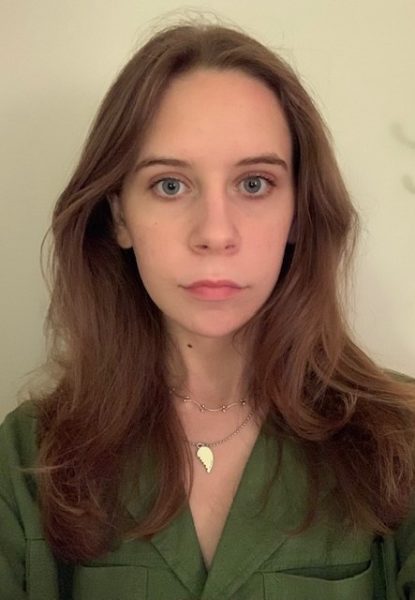The long-awaited final season of “Sex Education” is finally here. The show has returned with its usual blend of cringey scenes and heartfelt moments. This season has its work cut out in tying up the loose ends introduced in season 3. The show tackles this challenge well, despite returning characters having to deal with a whole new school and ensemble of students.
Welcome to Cavendish
Released by Netflix in 2019, “Sex Education” is one of the site’s more popular shows, and for good reason. It follows teenager Otis Milburn (Asa Butterfield) as he navigates British secondary school primarily alongside best friend Eric Effiong (Ncuti Gatwa) and love interest Maeve Wiley (Emma Mackey).
This season sets Otis and friends (excluding Maeve, who is studying in America) at a new, high-tech school, Cavendish Sixth Form College. The new setting could not be further in aesthetic and tone from their previous school, Moordale Secondary School.
Cavendish is colorful, queer and progressive with a highly diverse cast of characters. Such a drastic change in setting for the final season of the show is risky. However, Cavendish provides a fresh start that enables characters to properly complete their arcs. Beyond Otis, Eric and Maeve, the show also follows a host of other characters from Moordale. Each one tackles new relationships, roles and personal discoveries.
Otis, after realizing how much he loves helping people, decides to run another “sex clinic” at Cavendish (free of charge, this time). To his surprise, he discovers a fellow student named O (Thaddea Graham) is already the school’s established sex therapist. Otis becomes bratty and privileged. He claims that O stole his idea, despite her being more popular and successful with her business. Luckily, there are other character arcs to follow if Otis’ behavior is as frustrating to you as it was to me.
Relatable and Representative
“Sex Education” does a phenomenal job portraying all sorts of relationships whether romantic, platonic or familial.
Love manifests in a variety of ways. The show makes sure to give equal attention to these different kinds of love. This contributes to the show’s relatability. Every viewer can find some part of themselves in one of the show’s many relationships and characters.
Because the show has so many characters, it can feel over-saturated and difficult to follow. Several significant plot points introduced in the previous season are now needing resolution. All of this resolution needs to happen in just eight episodes.
So far, this challenge has been navigated with the appropriate pacing. The wide cast of characters is necessary for a show trying to capture all sorts of relationships and situations. The viewer is given time to form attachments with each new character due to the skill of the writers.
I have yet to finish season 4, so I’m really curious to see where the characters will end up in terms of their relationships with one another. I’ll miss the show’s awkward humor and its refreshingly transparent handling of “taboo” topics, but all good things must come to an end, right?



